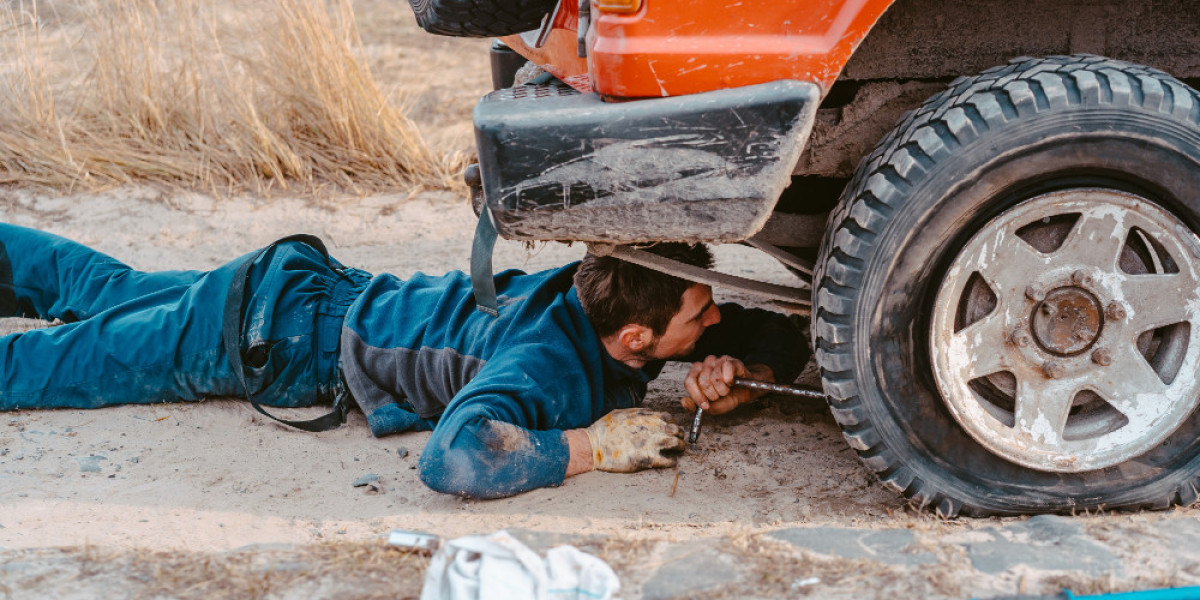Tyre Puncture: Causes, Prevention, and What To Do When It Happens
A tyre puncture is one of the most common and frustrating problems faced by motorists. It always seems to happen at the wrong time—during a long drive, in the middle of traffic, or on an isolated road. While most drivers know the inconvenience of a flat tyre, fewer understand why punctures occur, how to prevent them, and the safest way to respond. With the right awareness and a reliable roadside assistance service, a puncture does not have to derail your plans or compromise your safety.
What Exactly Is a Tyre Puncture?
A puncture is a breach in the tyre surface that causes the air inside to escape. This may happen suddenly, resulting in an instant flat tyre, or gradually, where air leaks slowly over hours or days. A tyre may look normal at first, but as pressure drops, it becomes unsafe to drive on. Continuing to drive in such a condition can damage the tyre permanently, bend the rim, and even lead to loss of vehicle control.
What Causes Tyre Punctures?
There are several common reasons:
1. Sharp Objects on the Road
Nails, screws, broken glass, metal scraps, and stones on the road frequently penetrate tyre treads. This is the most widespread cause of punctures, especially in city areas and construction zones.
2. Poor Road Conditions
India’s roads are full of potholes, uneven surfaces, speed breakers, and loose gravel. Hitting potholes at high speed can damage the sidewall or rim, leading to air leaks or sudden blowouts.
3. Incorrect Tyre Pressure
Both under-inflation and over-inflation are harmful. Under-inflated tyres flex too much, overheat, and become weaker. Over-inflated tyres become stiff and are more likely to burst if they hit a sharp object or pothole.
4. Worn-Out or Old Tyres
The older the tyre, the harder and weaker the rubber becomes. The tread gets thinner with use, making it easier for objects to enter and cause leaks.
5. Damaged Valve or Rim
Sometimes the puncture isn’t in the rubber at all. A damaged or loose valve, or a dent in the rim, can allow air to escape even when the tyre appears fine.
6. Vehicle Overloading
Carrying more weight than your vehicle is designed for puts excess pressure on the tyres, making them more vulnerable to punctures and blowouts.
How To Know If You Have a Puncture
Not all punctures are obvious. Here are common signs:
The vehicle drifts to one side while driving
Steering feels heavier or unstable
A thumping or flapping sound from one wheel
Sudden vibration or wobbling
Visibly flattened or sagging tyre
Tyre pressure warning light (in cars equipped with sensors)
If any of these signs appear, slow down and stop safely at the earliest.
What To Do When a Puncture Happens
1. Don’t Panic – Slow Down
Do not brake hard or turn suddenly. Gradually reduce speed and pull over to a safe, flat area away from traffic.
2. Turn On Hazard Lights
Make your vehicle visible to others to avoid further risk.
3. Assess the Tyre
If it’s a minor puncture and you have a spare tyre plus tools, you may replace it yourself—but only if the location is safe. Many drivers prefer not to attempt this on highways or at night.
4. Avoid Driving on a Flat Tyre
Even short distances can destroy the tyre sidewall, damage the rim, and multiply repair costs.
5. Call Roadside Assistance
If you’re unsure, short on time, or stuck in an unsafe area, calling a professional service is the smartest option. Trained technicians can repair or replace the tyre on the spot or tow the vehicle if needed. This reduces stress and ensures the job is done correctly.
Can All Punctures Be Repaired?
Not always. A small hole on the tread area can usually be repaired. But if the puncture is on the sidewall, if the tyre is badly cut, or if it has been driven flat for too long, replacement is the only safe option. Using temporary sealants or plugs should only be a backup solution—not a permanent fix.
How To Reduce the Chances of a Puncture
Check tyre pressure at least once a month
Inspect tyres visually before long trips
Avoid potholes, debris and rough edges when possible
Replace tyres when tread depth becomes low
Do not overload your vehicle
Rotate tyres and get wheel alignment regularly
Keep a basic puncture kit and tyre inflator in your car
Replace valve caps and check rim condition during servicing
Preventive care not only reduces punctures but also improves mileage, safety, and tyre lifespan.
Why Professional Assistance Matters
Even if you know how to change a tyre, roadside conditions aren’t always safe. Night travel, bad weather, crowded traffic, or lonely highways make self-repair risky. A trained technician:
Checks whether repair is safe or replacement is needed
Ensures tyres are refitted with proper torque and pressure
Avoids damage to alloy rims or wheel bolts
Saves time, effort, and stress
Allows you to continue your journey quickly and safely
For families, senior citizens, late-night travellers, or office commuters, having a 24×7 assistance service is not just convenient—it’s a safety necessity.
Final Thoughts
A tyre puncture may be common, but it shouldn’t ruin your day. With basic knowledge, preventive habits, and access to reliable support, you can handle punctures without panic. Whether you’re on a daily commute or a road trip, staying prepared and knowing who to call makes all the difference.
A well-maintained vehicle and an active roadside assistance membership ensure that even unexpected situations stay under control. Stay alert, maintain your tyres, and drive with confidence—help is always just a call away.








